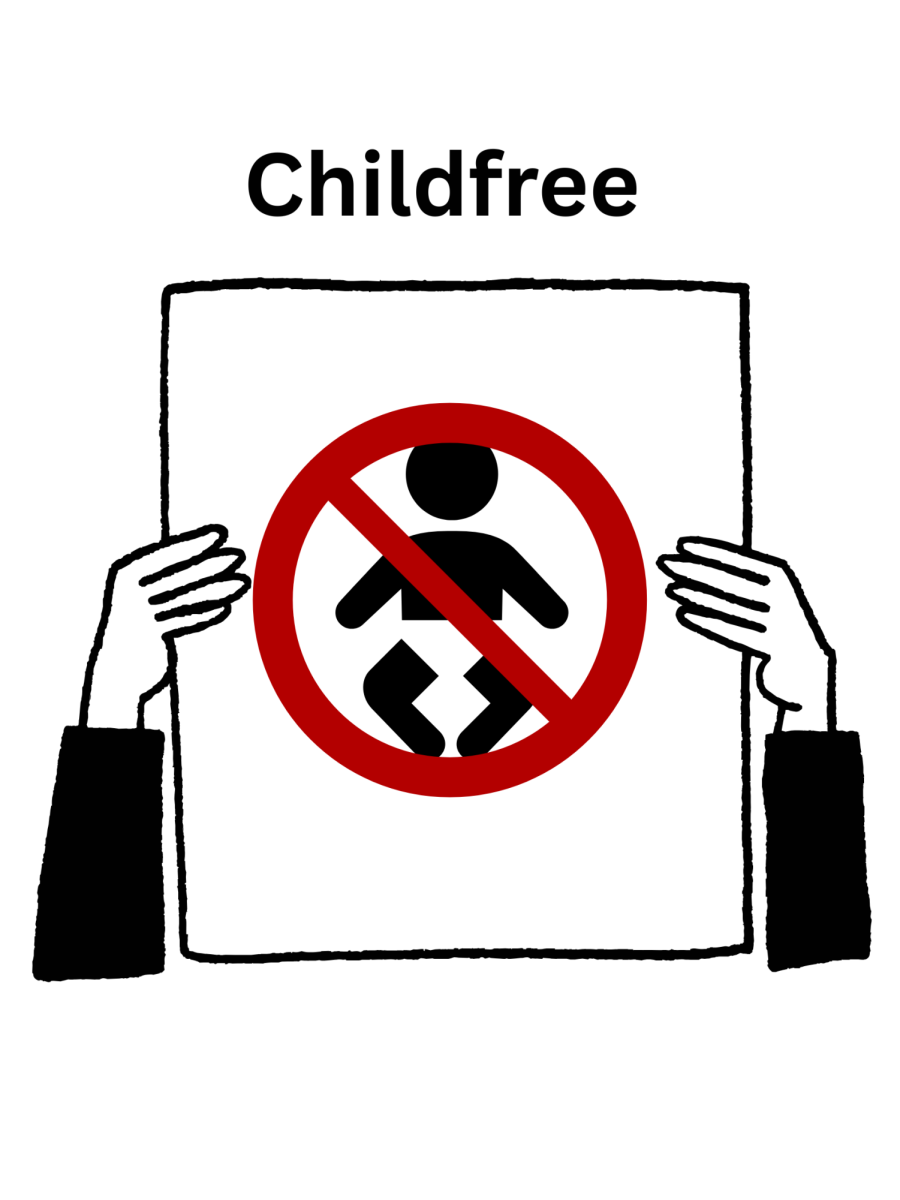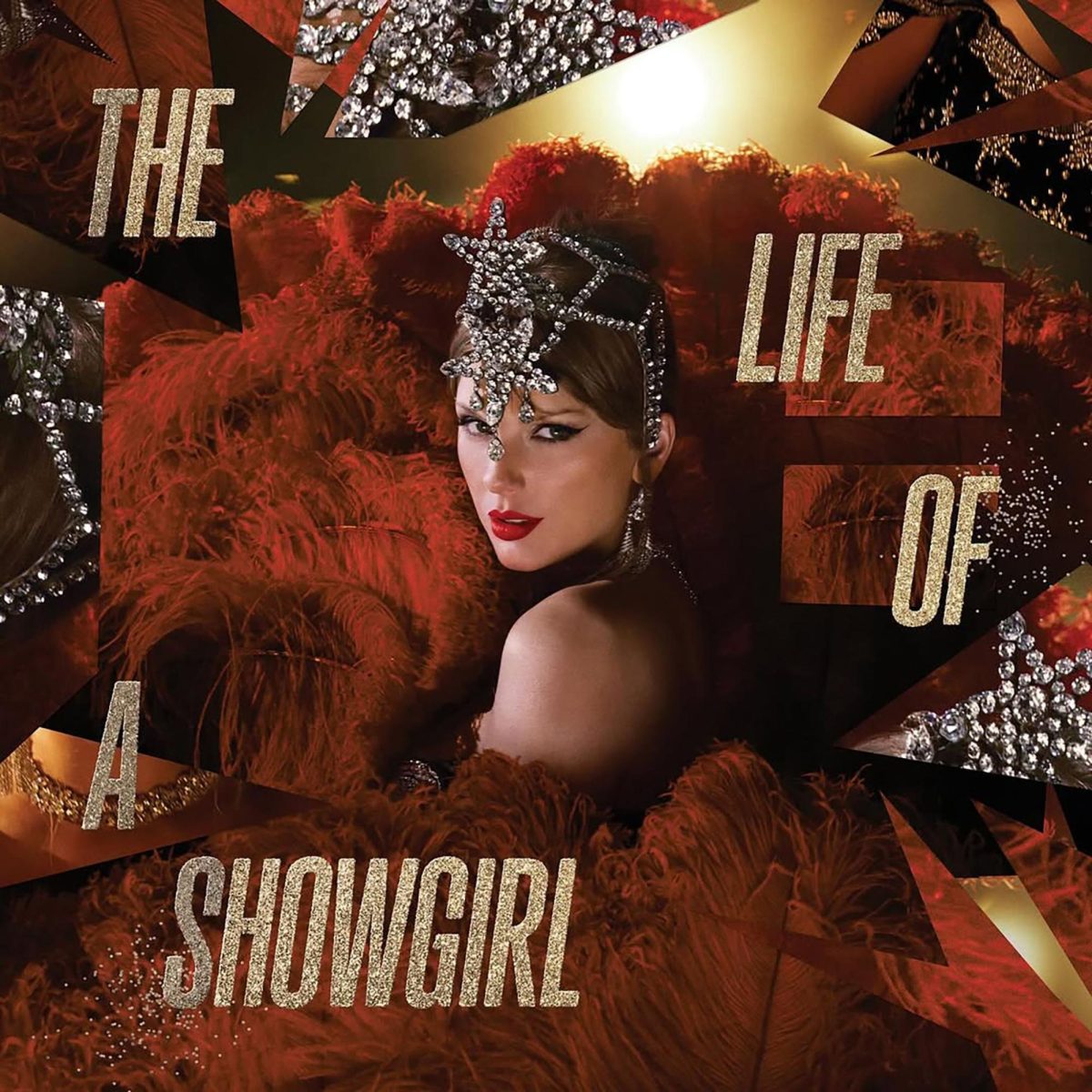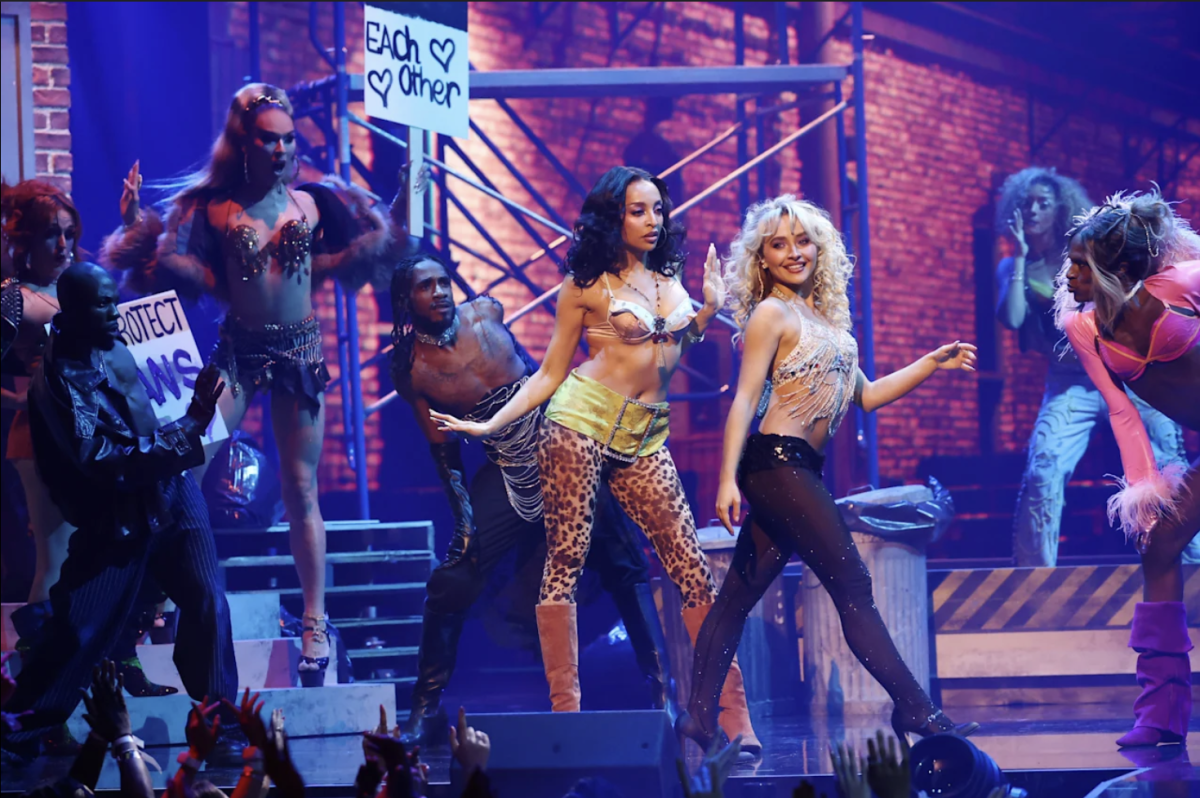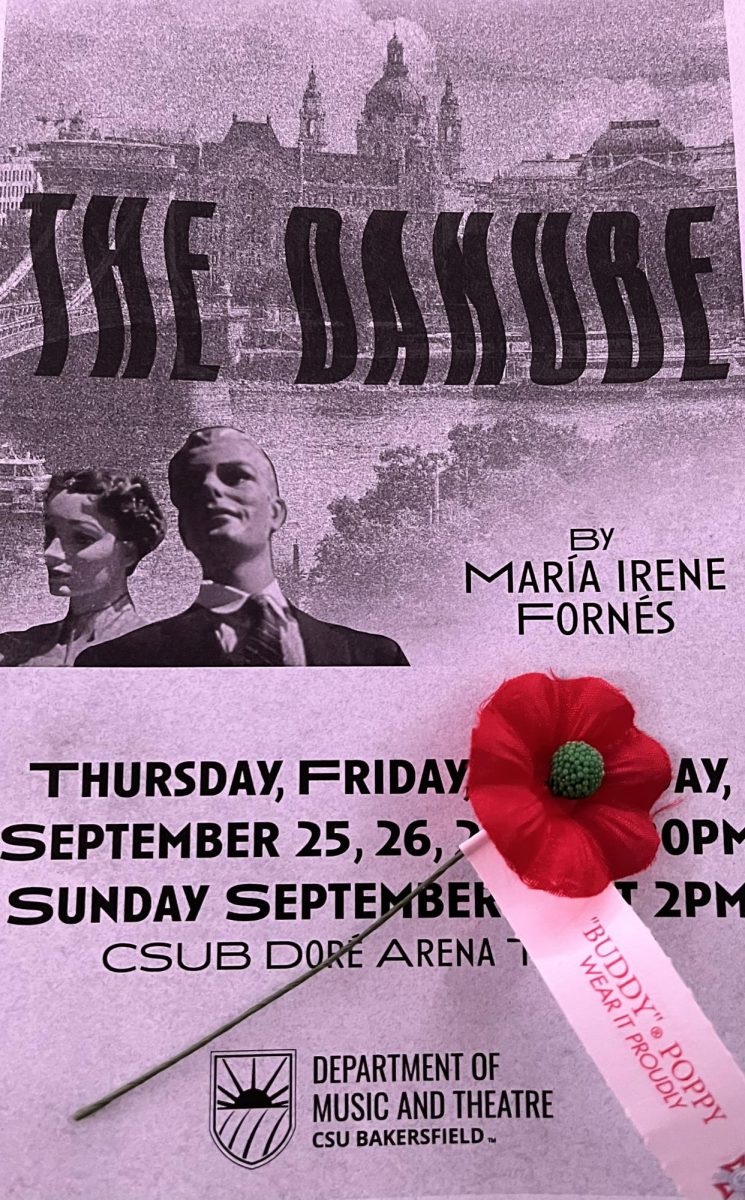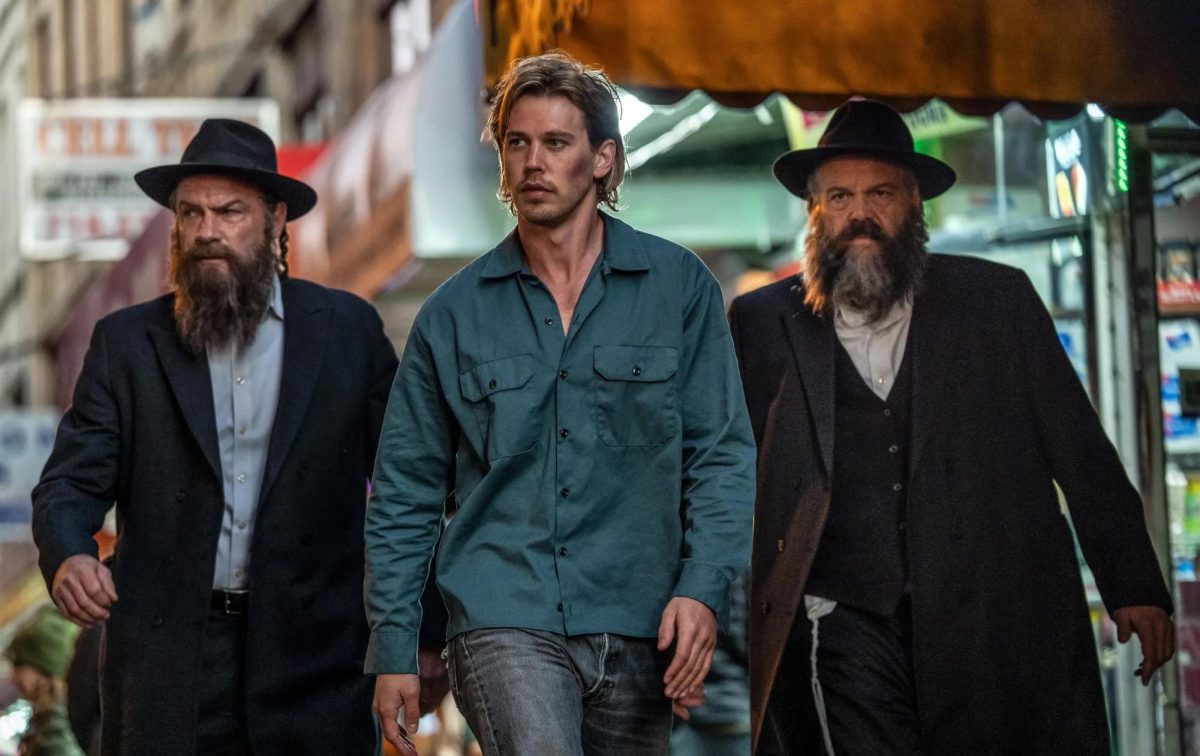By Patricia Rocha
I wear other people’s clothes. To be more specific, I wear clothes other people have given me, donated or literally thrown away, and I love it. I reach into my closet every day and can pull out an outfit I love for any occasion and haven’t yelled the phrase “I have nothing to wear!” in quite a few years.
It wasn’t always this way. I used to shop the way most people my age shop: strolling through the mall trying to find something cute for under $25. Places like Forever 21 and Charlotte Russe made that a breeze.
After a few years of shopping this way, I ended up with a closet full of clothes that I hated and a perpetually empty wallet in my purse. The problem was that I was buying clothes that were picked for me, hand selected by trend reports and mass production companies that didn’t actually represent the style I envisioned for myself. I had to constantly settle for something that only mildly resembled what I wanted.
I appreciate glamour, carefully coiffed hairstyles and clothing altered to perfectly fit the wearer. I love clothes that make statements and build confidence, but clothes don’t really get made for this purpose anymore, and after reading Elizabeth Cline’s book “Over-Dressed: The Shockingly High Cost of Cheap Fashion,” I knew I could never go back to my shopping mall ways.
It the book, Cline covers a multitude of issues, many of the issues were things I had questioned myself in the old days. “How can this shirt be this cheap?” “Why are these shoes so flimsy?” “How did I manage to wear a hole in these jeans in a month?” She investigates, mostly undercover, factories where these fast-fashions are created, noting the terrible conditions workers are subjected to while making far less than livable wages. She also describes the textile industry, full of toxic dyes and questionable fabric production, as well as the over-burdened thrift stores where a lot of clothes end up after their 15 minutes of fame as “the hottest new trend” ends.
As Katha Pollitt of The Nation put it, “Overdressed does for T-shirts and leggings what Fast Food Nation did for burgers and fries.” Since reading it, I’ve stopped ordering these fashion fries. Once I did, I realized just how many fantastic alternatives there are, including Etsy, lesser-known local thrift stores and independent designers all over the world.
I value glamour and art and aesthetic pleasure but I by no means value it more than the environmental impact it could leave behind. I don’t value it more than I value the lives of the men and women who work to make and then sell the clothing I wear. I don’t value it more than I value the freedoms of others to look however they please. With a bit more care and a bit more responsibility I believe that style and sustainability can be one and the same.



